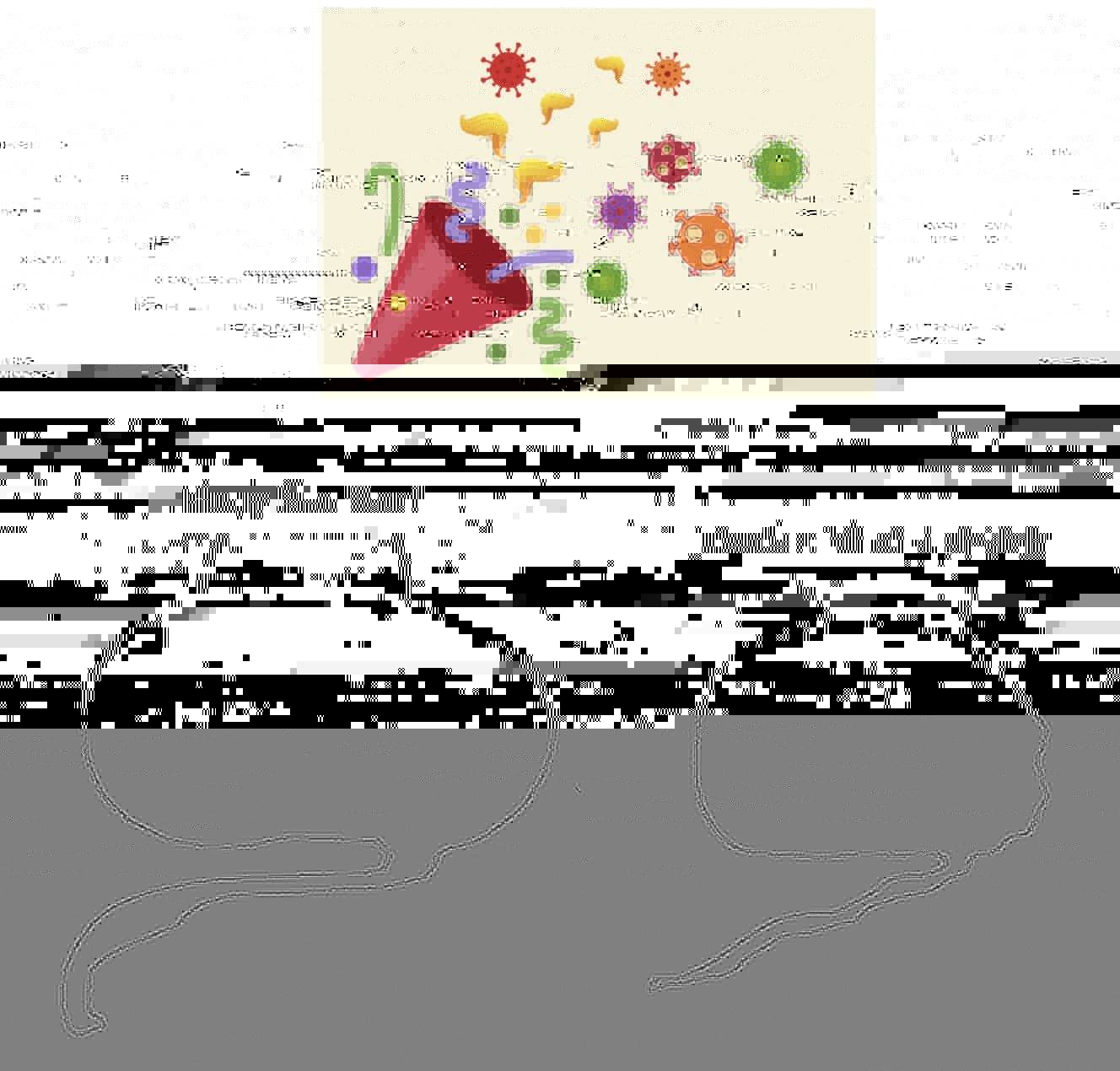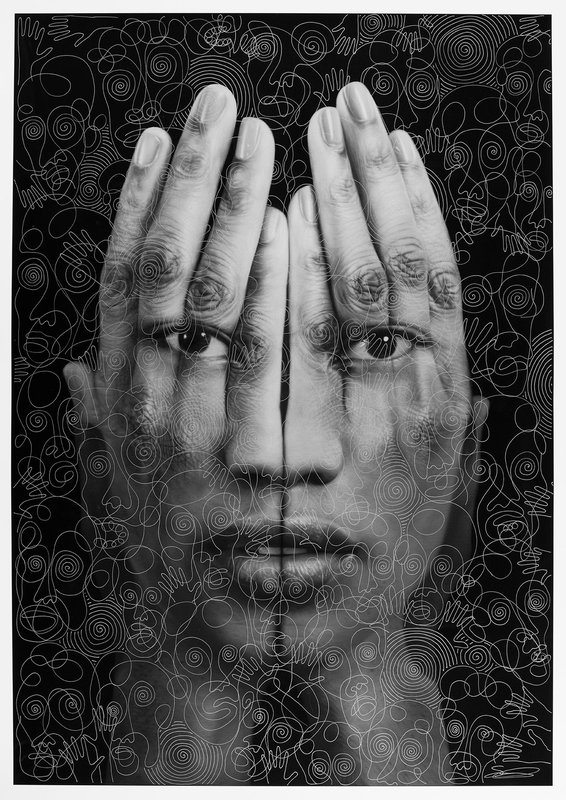 Tigran Tsitoghdzyan. Black Mirror, 2018.
Tigran Tsitoghdzyan. Black Mirror, 2018.
Work on paper; mixed media.
More here.
by Jackson Arn
When Harold Haber was released from prison, he found out why nobody had visited him in two years. His brother, sister, mother, father, grandmother, uncle, and cousins had died. He and his grandfather were the last two Habers left in the country, maybe the world. His grandfather was 89 years old and slept all day. The house was cracked paint, emptied windows, dust, and gashes in walls. In Harold’s head, a sense of duty thickened. The family had to be rebuilt. The family name had to be spoken everywhere. He married Sarah and had five children. One survived long enough to have his own. As Harold choked he thought, I did my part.
*
Two of David Haber’s children outlived their childhoods. David Haber did not outlive his twenties. As he found his way home on a Tuesday night, belly sloshing, something tore in him. We found him the next morning with a mark, maroon and claw-shaped, on his abdomen’s right.
*
Esther had her first child at fifteen, but he could not be acknowledged. Two years later, as her husband raised her dress for the first time, she thought of her grandmother and resolved to name her next child Sarah. Her husband, taken aback by her silence in the crucial second, decided not to trust her and named the child after his grandmother, who’d died defending our glorious land. Esther secretly thought of their child as Sarah until she gave birth to her third, who she named Harold.
*
Harry Haber felt the full weight of his name twice in his life, the first time aged seven. His father was instructing him with a belt. Between the strokes he heard a hiss: “If your grandfather were alive to see you …” Then there was a pause and then a sniff. He did not dare turn to look. After a few minutes he realized his father had left the room, leaving him bent over, half-naked. The second time, Harry was dying in his trench. He thought of his three children and his father and his father’s father. Time oozed like a wound. He thought of the glory he and the rest of us had fought for, and the second glory to which his name belonged. He resolved, delirious, to pass on the name to his next child, and then he died. Read more »
by Tamuira Reid
It is almost midnight here in New York City, and I’ve been sitting at my dining room table for the past eight hours with my finger on the “send” button. Each time, I freeze, regroup, take another sip of coffee, sneak a cigarette out on the fire escape where my son won’t see me. Because I know I have to scrap the essay I wrote for this week. The one I wrote before Thursday. The one that I can’t stand to look at now. “Dating During Covid”.
Every single thing I do feels like a betrayal. A privilege. Everything I do feels white.
Writing about anything other than the Capitol feels wrong. Writing about the Capitol as the events process and take shape in my white mind feels wrong. Writing is a kind of performance, here, in this intellectualized virtual space. What gives me access to this stage? What the hell do I know? What makes my voice so special?
I cannot write my way out of this.
There are voices that need to be heard right now, listened to, learned from. I am not one of them. Not now. Not yet. I have not done the work. I know I am full of feelings; big ones, shameful ones, stupid ones. Feelings that have ignited after a long, slow burn. But feelings, my feelings, are not relevant here. I am a white woman holding space for no one but myself.
I don’t want to hear my voice. I don’t want to hear any white voices. Just for five minutes, an hour, a day, a week. I want us to stop filling the pages that do not belong to us and give them back to their rightful owners. To stop acting like dutiful interpreters of a language we aren’t fluent in. To shut-up and bear witness. To take responsibility. To realize that being a nice white liberal with black and brown friends does not make you an anti-racist. Read more »
by Brooks Riley
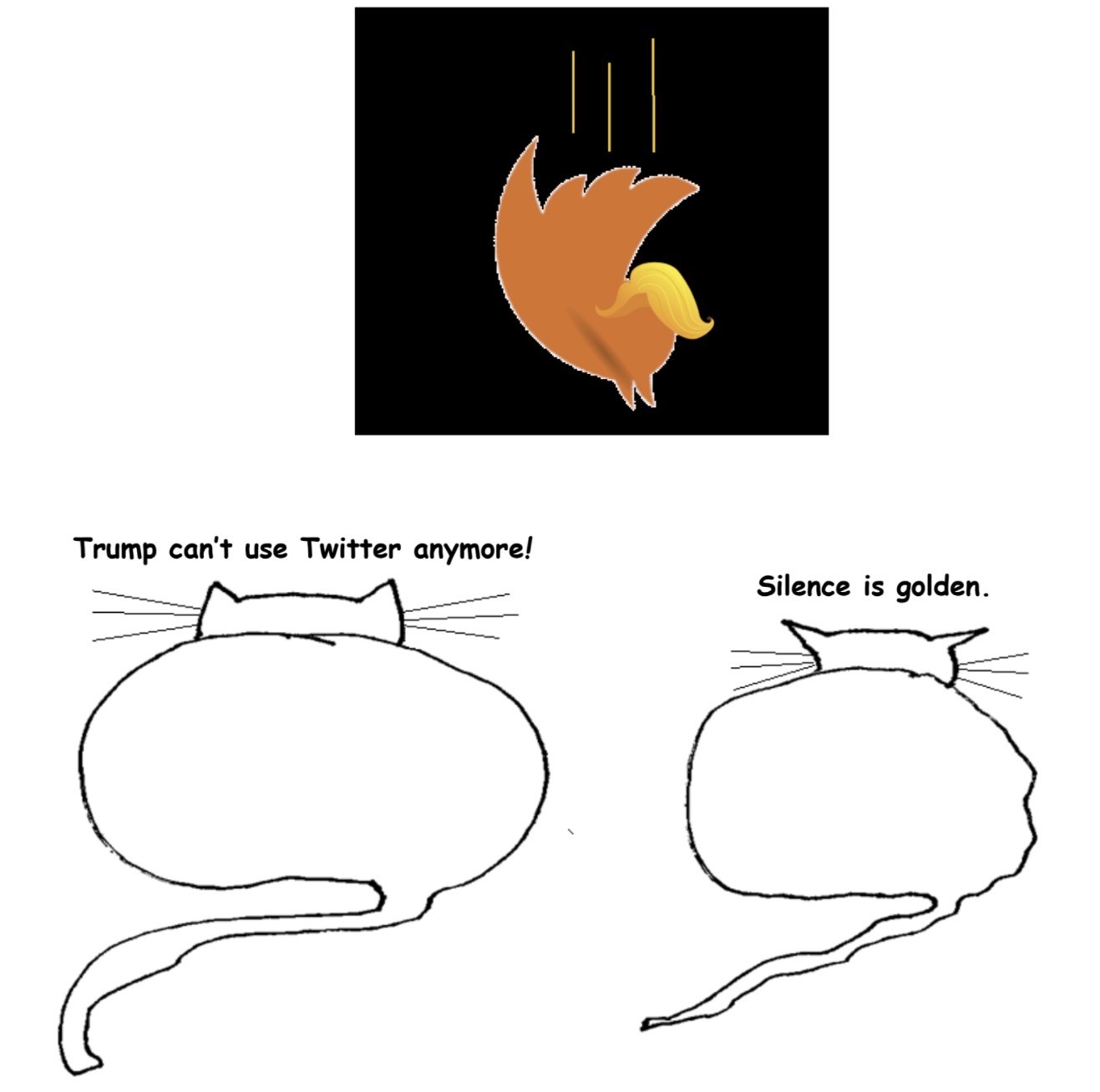
by Robyn Repko Waller

Wednesday’s riots at the Capitol shook many Americans and, indeed, individuals around the globe. Screens worldwide glared with shocking and impactful images of some Trump supporters breaching Capitol police barricades and scaling the Capitol walls to loot and overrun the halls and private chambers in an attempt at undermining the ceremonial certification of President Elect Joe Biden’s win. Confederate flags were flown. Lives were lost in the chaos.
The response from many onlookers, both in person and from afar: outrage. Outrage at the harmful undermining of democracy. Outrage at the intent to harm and plunder. Outrage at those who have sown the seeds of false information and stirred the boiling frustration of pockets of MAGA nation. Outrage at the hands-off treatment of those rioting — in striking comparison to the reception of BLM protesters in DC. Sustained and exhausted outrage at an outgoing President who has actively stoked the fires of insurrection and chaos, even while the riots unfolded.
Plenty has been said in the aftermath of this event about who is to blame — not just legally, but morally speaking — for the physical and symbolic destruction of our democracy. I won’t spend much time on that here. I’ll also leave aside too the imperative discussion of false information as a driving source of polarized political groups, radicalization of American citizens, and, ultimately, the ensuing riots. There’s no doubt that false and misleading information contributed to the actions of the swarm of rioters at the Capitol that day. And, of course, misinformation withstanding, the voluntarily taken actions of those rioters were wrong. They are, in the eyes of onlookers, to be held accountable, morally and legally. So too, should those implicated who are in power, many are demanding.
The question that interests me here, rather, has to do with those who cast moral blame. Those who are outraged. Assuming these rioters and instigators have done something egregiously wrong and are blameworthy for their actions, who gets to blame them? That is, who has standing to blame (as it’s termed in the philosophical literature)? Read more »
by Eric J. Weiner
Dear Dr. Cardona:
 The violent, insurrectionist attack on the US Capitol on January 6, 2021 was due, in part, to the success of the Nation’s system of public education, not its failure. Since Ronald Reagan announced in 1981 that “government is not the solution to our problem, government IS the problem,” federal authorities have worked to dismantle and erase any vestiges of democratic education from our system of public education. Free-market values replaced democratic ones. Public education slowly but consistently was transformed by neoliberal ideologues on both sides of the aisle into an institution both in crisis and the cause of the Nation’s perceived economic slip on the global stage. Following Reagan’s lead, all federally sponsored school reform efforts hollowed out public education’s essential role in a democracy and focused instead on its role within a free-market economy. In terms of both a fix and focus, neoliberalism was and remains the ideological engine that drives the evolution of public education in the United States. These reform efforts have been incredibly successful in reducing public education to a general system of job training, higher education prep, and ideological indoctrination (i.e., American Exceptionalism). As a consequence of this success, many of the Nation’s citizens have little to no knowledge or skills relating to the essential demands of democratic life. The culmination of the neoliberal assault on democratic education over the last forty-years helped create the conditions that led to the rise of Trump, the development of Trumpism, and the murderous, failed attempt at a coup d’etat in Washington, DC. From what I have read, I am not confident that your plans for public education will address these issues.
The violent, insurrectionist attack on the US Capitol on January 6, 2021 was due, in part, to the success of the Nation’s system of public education, not its failure. Since Ronald Reagan announced in 1981 that “government is not the solution to our problem, government IS the problem,” federal authorities have worked to dismantle and erase any vestiges of democratic education from our system of public education. Free-market values replaced democratic ones. Public education slowly but consistently was transformed by neoliberal ideologues on both sides of the aisle into an institution both in crisis and the cause of the Nation’s perceived economic slip on the global stage. Following Reagan’s lead, all federally sponsored school reform efforts hollowed out public education’s essential role in a democracy and focused instead on its role within a free-market economy. In terms of both a fix and focus, neoliberalism was and remains the ideological engine that drives the evolution of public education in the United States. These reform efforts have been incredibly successful in reducing public education to a general system of job training, higher education prep, and ideological indoctrination (i.e., American Exceptionalism). As a consequence of this success, many of the Nation’s citizens have little to no knowledge or skills relating to the essential demands of democratic life. The culmination of the neoliberal assault on democratic education over the last forty-years helped create the conditions that led to the rise of Trump, the development of Trumpism, and the murderous, failed attempt at a coup d’etat in Washington, DC. From what I have read, I am not confident that your plans for public education will address these issues.
As Secretary of Education, according to President Biden, you will “strive to eliminate long-standing inequities and close racial and socioeconomic opportunity gaps…to improve student success and grow a stronger, more prosperous, and more inclusive middle class.” Consistent with the President’s call for making public education a lever of economic prosperity, you have said, “The passion I have for public education stems from my belief that it is the best lever for economic success and prosperity…and the belief that public education is still the great equalizer. It was for me.”
On the surface, these goals are admirable and for most Americans uncontroversial. Yet, I am concerned that you are unintentionally setting up public education for immanent failure. This is not because you and President Biden are insincere in your support for public education or because there is anything wrong with the students, teachers, administrators and/or communities that serve or are served by public education. Quite simply, you will fail to meet these goals because it is not, nor has it ever been the responsibility of public education to make social and economic policy. Read more »
by Eric Miller
Tickets
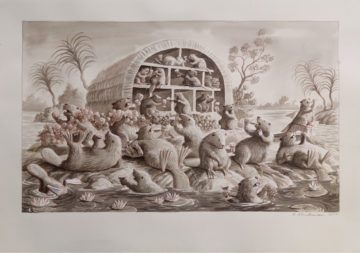
How apt that the person responsible for handling tickets to a Museum of Anthropology should herself sit in a vitrine! You cannot get in for free to an exhibition, how else could the museum sustain itself? It is an enterprise. Compensation is fair. History being what it is, we do not have paper tickets, we have electronic ones. But, behind her laminations of glass and transpicuous plastic, the ticket woman has trouble scanning with her hand-held device our shyly displayed, ephemeral glyph. Only the diligent device can verify it, this woman herself could not puzzle it out any more than we can. Shaped to please the palm that enfolds it, the mechanical keeper of the threshold emits an intelligent-looking, candy-coloured beam. How photodynamic the act of entry has become! I have noticed, however, and on more than one occasion, the speed of light is hard to match in daily life. True, that standard (or rather that hope) is a shade unrealistic. At present, a brilliant little ray, unbending, as thin as a wire, concentrating hard, is only supposed to okay an insignia flashed upon our opposing screen.
Exasperated with the impasse and with the beam—which, to be fair, looks credibly intense—, the ticket woman sighs, sighs, snaps at us and glares. Her eyes are more lancing than a laser. Her glance stings like splashed vinegar. No, we cannot possibly really possess the tickets we say we have. Then a beep like a nuthatch’s, a synthetic syllable blurted by her scanner, deems us, none too soon, to be admissible after all. Passing thus is always a relief, I began to mistrust us myself. Who knows what we were up to! Did you ever work a fair? I was still a kid when I worked, not very hard at all, at a Maytime fair. Read more »
by Dwight Furrow
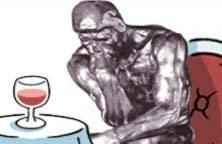 Philosophy has been an ongoing enterprise for at least 2500 years in what we now call the West and has even more ancient roots in Asia. But until the mid-2000’s you would never have encountered something called “the philosophy of wine.” Over the past 15 years there have been several monographs and a few anthologies devoted to the topic, although it is hardly a central topic in philosophy. About such a discourse, one might legitimately ask why philosophers should be discussing wine at all, and why anyone interested in wine should pay heed to what philosophers have to say.
Philosophy has been an ongoing enterprise for at least 2500 years in what we now call the West and has even more ancient roots in Asia. But until the mid-2000’s you would never have encountered something called “the philosophy of wine.” Over the past 15 years there have been several monographs and a few anthologies devoted to the topic, although it is hardly a central topic in philosophy. About such a discourse, one might legitimately ask why philosophers should be discussing wine at all, and why anyone interested in wine should pay heed to what philosophers have to say.
This philosophical discourse about wine did not emerge in a vacuum. Prior to the mid-20th century, one would never have encountered “philosophy of economics,” “philosophy of law,” “philosophy of science,” “philosophy of social science,” or the “philosophy of art” either, each of which has become a standard part of the philosophical canon. Philosophers have always had much to say about these practices but not as organized into discrete sub-disciplines with their own subject matters.
The assumption behind the emergence of these sub-disciplines is that the study of philosophy brings something to them—particular skills or insights—that immersion in the disciplines themselves would struggle to employ. Thus, in trying get clear on what the philosophy of wine can contribute to the community of wine lovers, we quickly run up against the question of what distinctive skills or insights characterize philosophy. Read more »
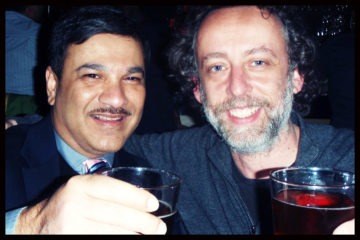
Ladies and Gentlemen,
I would like to take a moment to acknowledge the most reliable writer of all in the history of 3QD: Akim Reinhardt. Starting at the end of 2010, Akim has written his excellent column at 3QD every fourth week for just over ten years now. He has never, ever missed a single deadline in this whole time. Not once. You can check the archives yourself if you wish. During this time he also wrote a serial book at 3QD which you can read here if you like. This is no easy feat and no other writer at 3QD comes even close to this record of incredibly durable consistency.
For his brilliance, his wit, his originality, his humor, his erudition, his superhuman dependability, and most of all his friendship, I am extremely grateful to Akim.
Akim begins his second decade writing for 3QD today with his 146th (!) essay “All Democrats are Happy Trump Lost, But Some Don’t Want to See Him Leave“. While the world has changed much in the past year, it is good to know that some things will stay the same as we enter 2021. Speaking of things staying the same, if you would like to help keep 3QD going, please become a supporter by clicking here now.
Please also join me in giving Akim a round of applause and, from all of us at 3QD, best wishes for a happy and healthy new year to everyone!
Yours, Abbas
by Akim Reinhardt
 Every Democrat, and many independent voters, breathed an enormous sigh of relief when Joe Biden defeated Donald Trump in the November election. Now they are all nervously counting down the days (16) until the last of Trump’s frivolous lawsuits is dismissed, his minions’ stones bounce of the machinery of our electoral system, and Trump is finally evicted from the White House. Only then can we set about repairing the very significant damage that Trump and Trumpism have wrought upon our republican (small r) and democratic (small d) institutions.
Every Democrat, and many independent voters, breathed an enormous sigh of relief when Joe Biden defeated Donald Trump in the November election. Now they are all nervously counting down the days (16) until the last of Trump’s frivolous lawsuits is dismissed, his minions’ stones bounce of the machinery of our electoral system, and Trump is finally evicted from the White House. Only then can we set about repairing the very significant damage that Trump and Trumpism have wrought upon our republican (small r) and democratic (small d) institutions.
Yet at the same time, many savvy Democrats do not want Trump to actually go away. Remain out of office, whether president or dog catcher? Absolutely. But quietly fade into the woodwork as former presidents generally do, and no longer be a presence in American politics? Well, not exactly.
Why? Because here in the waning days of Trump’s presidency, Republicans face a potential crisis. Like a piece of hot iron on an anvil, the party is being bent in two different directions, hammered by a simple question: What comes next?
The answer is no simple matter because Trumpism was not politics as usual for America, and especially for Republicans.
Unlike Republican presidential nominees before him, Donald Trump did not ascended to the top of the GOP by building alliances with party power brokers. Instead of playing nice with them, he actually alienated them. They opposed him, and won despite them by pulling an end around and appealing directly to primary voters. He built up his cult of personality by channeling an excitable brand of right wing populism that partly eschewed Republican orthodoxy.
Trump was perhaps uniquely positioned to do this successfully. Read more »
by Jeroen Bouterse
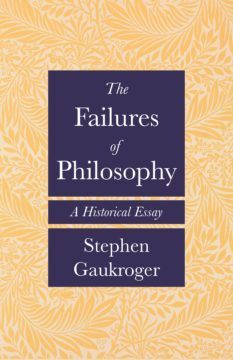 Three times have we started doing philosophy, and three times has the enterprise come to a somewhat embarrassing end, being supplanted by other activities while failing anyway to deliver whatever goods it had promised. Each of those three times corresponds to a part of Stephen Gaukroger’s recent book The Failures of Philosophy, which I will be discussing here. In each of these three times, philosophy’s program was different: in Antiquity, it tied itself to the pursuit of the good life; after its revival in the European middle ages it obtained a status as the guardian of a fundamental science in the form of metaphysics; and when this metaphysical project disintegrated, it reinvented itself as the author of a meta-scientific theory of everything, eventually latching on to science in a last attempt at relevance.
Three times have we started doing philosophy, and three times has the enterprise come to a somewhat embarrassing end, being supplanted by other activities while failing anyway to deliver whatever goods it had promised. Each of those three times corresponds to a part of Stephen Gaukroger’s recent book The Failures of Philosophy, which I will be discussing here. In each of these three times, philosophy’s program was different: in Antiquity, it tied itself to the pursuit of the good life; after its revival in the European middle ages it obtained a status as the guardian of a fundamental science in the form of metaphysics; and when this metaphysical project disintegrated, it reinvented itself as the author of a meta-scientific theory of everything, eventually latching on to science in a last attempt at relevance.
Indeed, this means that the last serious attempt to revive philosophy faded out many decades ago. Unlike David Hume, who figures in this book as one of only a few thinkers in the Western canon who saw and confronted directly the problems inherent in the ambitions of philosophy, Gaukroger does not regard himself as writing in a “philosophic age”. Nobody now looks at philosophers as having something interesting to contribute, the way we look at scientists (although Gaukroger has a thing or two to say about them, too). For all intents and purposes, we live in a post-philosophical era, though ending his book on a Picardy third, Gaukroger does not completely reject the idea that there are things to be salvaged.
Gaukroger defines philosophy as second-order enquiry. This unites its three separate incarnations, which otherwise have much less in common than is usually believed. This definition elegantly serves both to demarcate philosophical from non-philosophical thought, and to find a common cause for its decay: in each case, its demise was not accidental, but related to the very limits of second-order inquiry. The notion of second-order activity, of course, relies on some idea of first-order enquiry: philosophy is abstracting from something, and the object of its second-order interest is different in each case. Read more »
new year, a day of ends and beginnings,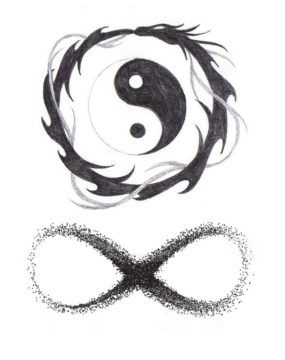
two extremes of a rope, sunup-sundown,
the moment we split our sign for infinity
(that lazy 8 napping on its side as life goes on),
the day we take a short breath
in belief that its undulant line
can really be cut and resumed
without upsetting the will of a universe
to be one, unsplittable in the extent of its being
as if a year arbitrarily set to solar cycles
marks anything but a hope to confer human order
on a thing as ineffable as a snake biting its tail,
yet it can be done and is in love by love
Jim Culleny
1/2/2021
Reading: JIm Culleny – Uroboros 2 – Clyp
by Usha Alexander
[This is the seventh in a series of essays, On Climate Truth and Fiction, in which I raise questions about environmental distress, the human experience, and storytelling. All the articles in this series can be read here.]
“Our plan B has always been grounded in our beliefs around the continued evolution of technology and engineered solutions to address and react to whatever the climate system and its outcomes present to us, whether that be in the form of rises in sea level, which we think you can address through different engineering accommodations along coastal areas, to changing agricultural production due to changes in weather patterns that may or may not be induced by climate change.” —Rex Tillerson, as CEO of ExxonMobil, to shareholders in 2015
***
 For the past few years, I’ve been taking a fairly deep dive into attempting to understand the physical and ecological changes occurring on our planet and how these will affect human lives and civilization. As I’ve immersed myself in the science and the massive societal hurdles that stand in the way of an adequate response, I’m becoming aware that this exercise is changing me, too. I feel it inside my body, like a grey mass coalescing in my chest, sticking to everything, tugging against my heart and occluding my lungs. A couple of months ago, I decided to stop writing on this subject, to step away from these thoughts and concerns, because of their discomfiting darkness.
For the past few years, I’ve been taking a fairly deep dive into attempting to understand the physical and ecological changes occurring on our planet and how these will affect human lives and civilization. As I’ve immersed myself in the science and the massive societal hurdles that stand in the way of an adequate response, I’m becoming aware that this exercise is changing me, too. I feel it inside my body, like a grey mass coalescing in my chest, sticking to everything, tugging against my heart and occluding my lungs. A couple of months ago, I decided to stop writing on this subject, to step away from these thoughts and concerns, because of their discomfiting darkness.
But I’ve discovered that walking away from this matter is no longer something I can just choose to do. For I now experience the world in a different way than I once did, as this grey mass clouds my vision and leaves its residue on everything I touch. I’ve come to see the changing Earth as the greatest single force shaping human affairs into the future, the backdrop against which the human story will play out and respond.
Just as the temperate stability of the Holocene once enabled the shift from nomadism to settled farming and all of civilization, so the ongoing mass extinction of species and the rapidly warming climate will erode our present modes of life and maps of political order to make way for something new. Not just new, but very likely burdened by unprecedented collective hardship that stresses and tests our political systems, economies, infrastructures, and provisioning networks as never before. Some of these systems will fail. Without knowing how extremely or how quickly the planetary changes will occur, but knowing with some predictive capacity—unlike our Paleolithic ancestors—that an essential and irreversible change is underway, makes it difficult not to feel frightened and aggrieved for our future, even if I may not live to see the most startling changes. But then, what I’ve already witnessed has been startling enough. Read more »
by Dave Maier
 If one enters the name “Ellen Page” into the search box at en.wikipedia.org, it redirects to an entry entitled “Elliot Page” (and informs you that it has done this). This is because on December 1, 2020, as the entry itself tells us in the section marked “Personal life,” that person, an accomplished and popular actor nominated for the 2007 Best Actress Oscar for their performance in the film Juno, “came out as transgender on his social media accounts, revealed his pronouns as he/him and they/them, and revealed his new name, Elliot Page.” Naturally this led to a flurry of activity on the interwebs, much of it, not surprisingly, about gender politics. This post, however, will be not be about that, except incidentally; instead, it concerns the much sexier topic of the semantics and metaphysics of naming, and will most likely (you have been warned) finish up with lengthy citations from the relevant sections of Philosophical Investigations.
If one enters the name “Ellen Page” into the search box at en.wikipedia.org, it redirects to an entry entitled “Elliot Page” (and informs you that it has done this). This is because on December 1, 2020, as the entry itself tells us in the section marked “Personal life,” that person, an accomplished and popular actor nominated for the 2007 Best Actress Oscar for their performance in the film Juno, “came out as transgender on his social media accounts, revealed his pronouns as he/him and they/them, and revealed his new name, Elliot Page.” Naturally this led to a flurry of activity on the interwebs, much of it, not surprisingly, about gender politics. This post, however, will be not be about that, except incidentally; instead, it concerns the much sexier topic of the semantics and metaphysics of naming, and will most likely (you have been warned) finish up with lengthy citations from the relevant sections of Philosophical Investigations.
My immediate reaction, that is, when I heard this, was to wonder whether and in what sense “Ellen Page” is still a referring expression, and who gets to decide this, and on what grounds. Naturally Elliot himself has a unique and in some ways authoritative perspective on this, but a) he’s only one of an entire community of English speakers; and b) if he wants to give us a theory of the reference of proper names he’s entirely welcome to do so, but in that context his own perspective, as in (a), is, I think, less authoritative than on the rather narrower question of what he should now be called, which I grant is up to him.
So I’m thinking about sentences like
1) The star of Juno is Ellen Page.
2) Ellen Page is the star of Juno.
3) The first-billed actor in the credits of season 1 of The Umbrella Academy is Ellen Page.
Are these true? False? Nonsensical? Rude to Elliot but otherwise okay? What do they mean? Did they change their meanings on December 1, 2020? What else might we say about them? Read more »
by Rafaël Newman
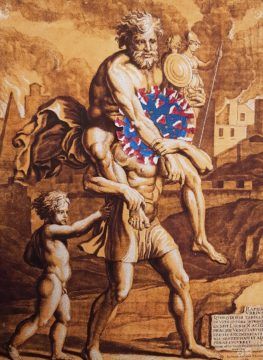 Arma virusque cano: Sing,
Arma virusque cano: Sing,
O Muse, through me, the wandering
Of something lowly, microscopic,
But found at both Poles, and each Tropic.
An opportunist virus, which
Is banished by mere soap (or bleach),
And yet has billions, masked, in arma,
Awaiting backup from Big Pharma!
Now, whether to the Orient
The creature traces its descent,
Or simply sprang across the barrier
Which cordons beast from human carrier,
And might have done so anywhere
That folk are fond of carnal fare –
Yet from the hellish depths have risen
Those who would make of chance a prison:
Who’ve seized upon a place of birth
In any random plot of earth
To build a fable of malfeasance,
Of trade wars, tariff hikes, and treasons;
Who’ve leveraged the lockdown here
To redirect Our gen’ral fear
Towards a Them there, over yonder:
The fascist’s faithful first responder.
To counter which, we’ve cried, “Unite!
We’ll pledge ourselves to righteous fight
Against the foe that would divide us:
That dreary retrograde King Midas!
An alchemist à contresens
Who makes of merry gold mere dross;
Whose Internationale’s inverted,
Whose harmonies are disconcerted!
We’ll scotch the pestilential scourge
With martial pomp, not fun’ral dirge,
And then, our forces massed together,
We’ll end the plague, and change the weather!” Read more »
by Sarah Firisen
 This Christmas, I stayed in a Marriott in the town where my kids live. Like most people, my business and personal travel has mostly ground to a halt in the last 9 months. So I was pleasantly surprised by the check-in experience the hotel provided me to allow for social distancing. I’m a long-time Marriot member and have their app on my phone. Using it, I was able to check-in ahead of time, and when my room was ready, they sent me a mobile key.
This Christmas, I stayed in a Marriott in the town where my kids live. Like most people, my business and personal travel has mostly ground to a halt in the last 9 months. So I was pleasantly surprised by the check-in experience the hotel provided me to allow for social distancing. I’m a long-time Marriot member and have their app on my phone. Using it, I was able to check-in ahead of time, and when my room was ready, they sent me a mobile key.
There are a few things to unpack here. Starwood’s, who were bought by Marriot in 2015, had been playing around with mobile keys for years. I remember staying in the W Hotel in London maybe 7 years ago when they first rolled them out with much fanfare. They were a total bust. After a couple of frustrating trips back and forth to the lobby for staff to try to fix mine, I gave up and took the key card. I’m a techie and constant loser of key cards, the concept of doing it on my phone was a powerful draw for me. So, I tried again at a couple of different hotels over the years. I don’t think I ever got a mobile key to work consistently enough to not be incredibly frustrating. But this Christmas, the experience was seamless, because finally, it had to be. Read more »
by Philip Graham
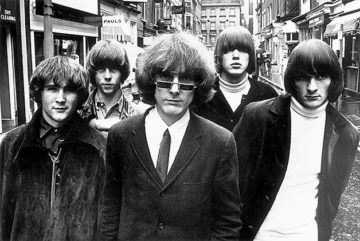 In the early months of 1966, whenever a familiar look of boredom settled in my mother’s eyes at the thought of cooking, I’d suggest, “Why don’t we go out for pizza?”
In the early months of 1966, whenever a familiar look of boredom settled in my mother’s eyes at the thought of cooking, I’d suggest, “Why don’t we go out for pizza?”
She always agreed. Our pizzeria of choice was conveniently located on a one-block strip mall less than a mile away, between a pharmacy and a dry cleaner. Sometimes we’d do a two-fer and stop at the laundry first. My beleaguered mother was always pleased to eat a meal she didn’t have to cook, and pick up clothes she didn’t have to wash and dry. I’d learned long ago how to work my way around her moods. In this case I nurtured an ulterior motive.
The pizza never rose above standard New York-style fare, but I always talked it up—“Mmmm, so good!”—all because of the jukebox in the corner. More specifically, because of one record in that jukebox: the single, “Turn! Turn! Turn!” by the Byrds. The hit song didn’t draw me there, however; the B side did: “She Don’t Care about Time,” written by Gene Clark, the band’s most prolific songwriter. Inexplicably, it hadn’t been included on either of the Byrds’ two albums, and this pizza joint offered my only opportunity to hear it. Read more »
by Brooks Riley
